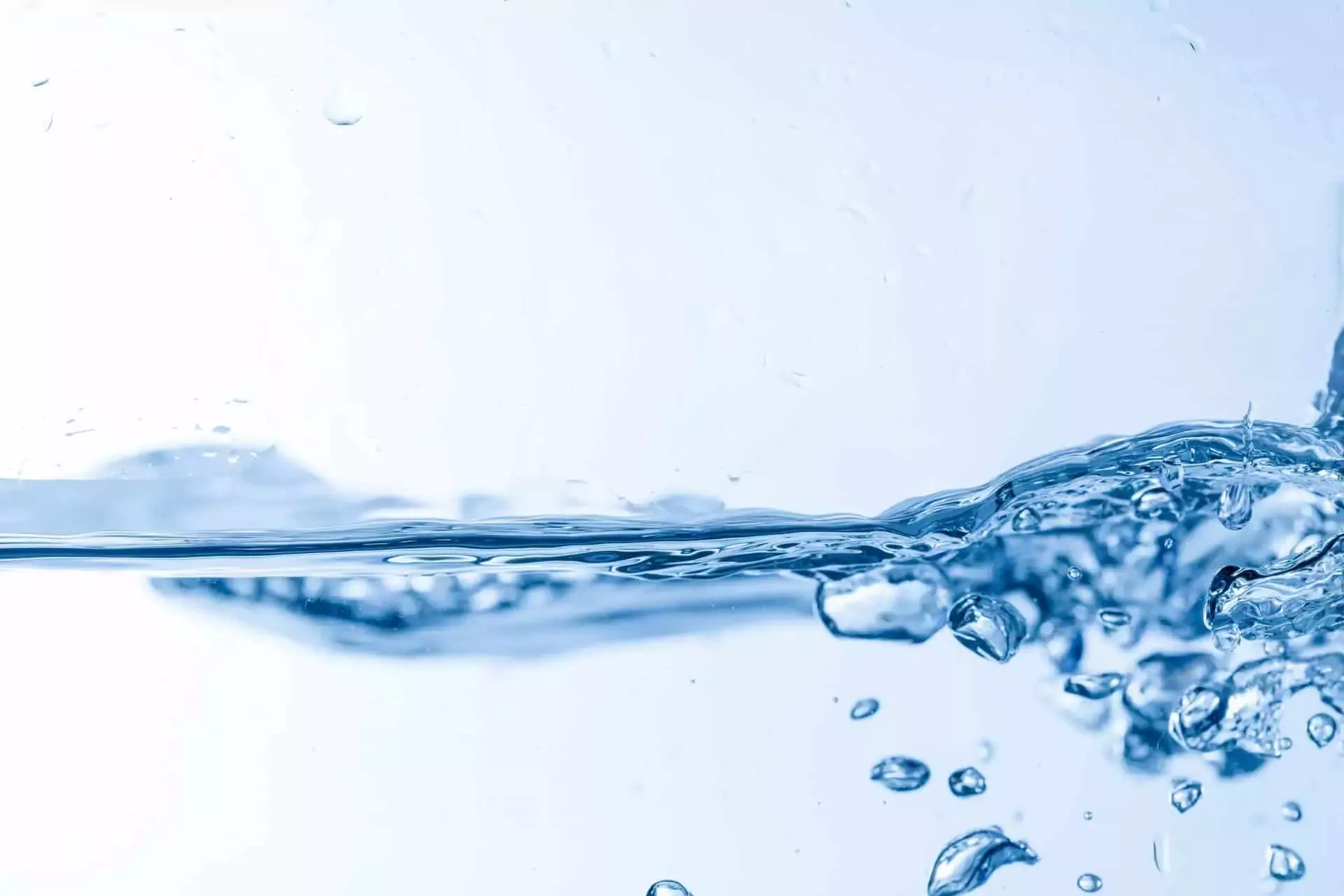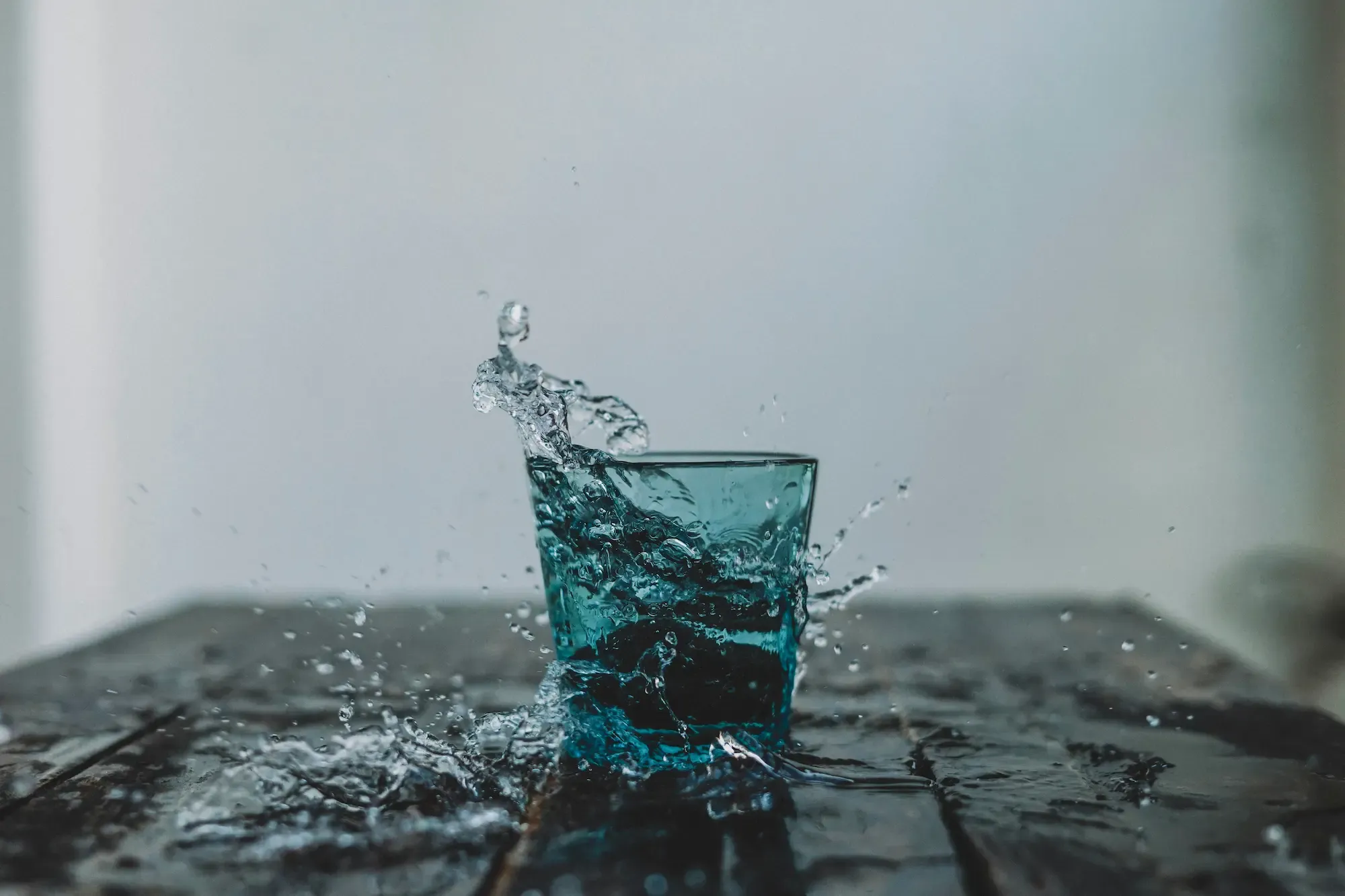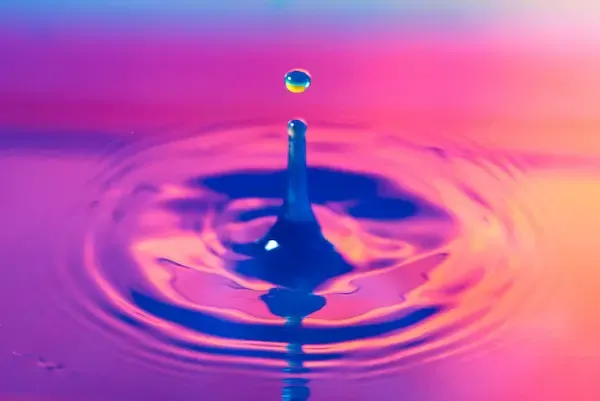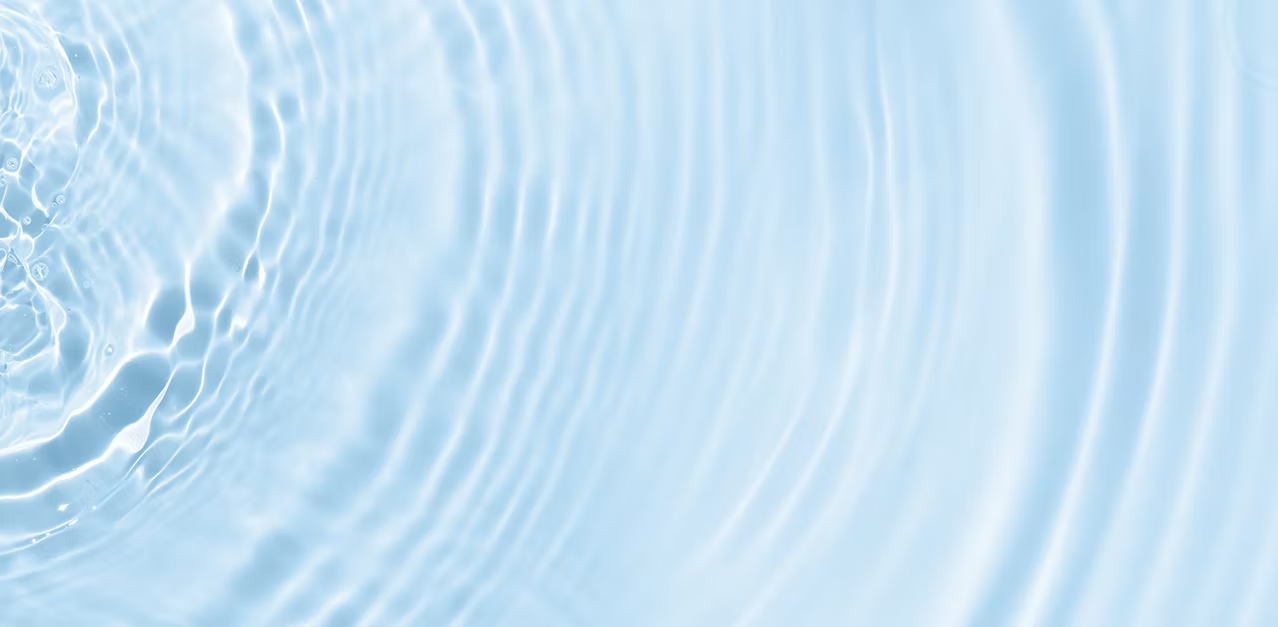The Problem
First off, we need to look at why hard water is harmful. It ultimately can become rather disruptive to everyday household tasks and create a number of problems for you.
Choosing the right home water softener is more complex than you’d think, and there are lots of myths out there which can confuse people. There are so many key factors that you ought to consider. In this guide we’ll discuss everything that you need to think about.
What makes hard water harmful? Why do you need a water softener? Where the home water system is stored, and ultimately what costs that you are facing.
An ion exchange, salt based, water softener tackles the problem of lime-scale by eliminating harmful minerals from the water before it has the chance to reach the taps. A water softener is connected to the home’s plumbing system, normally close to the incoming mains to ensure all parts of the home benefit from softened water.
An ion exchange water softener extracts the calcium (Ca) and magnesium (Mg) ions (lime-scale) found in hard water for harmless sodium (Na) ions.
Calcium and magnesium ions in water cause hardness so a water softener extracts them and replaces them with sodium ions.
In a process called regeneration, the resin beads are washed in a brine solution. This enables them to make more softened water.
The softening process adds a very small amount of extra sodium to the water supply, which in most cases is safe to drink. If you’re concerned, installing a water filter will reduce the amount of sodium in the water and improve its taste.
All ion-exchange water softeners work on the same exchange principle. However, not all water softeners are the same. Research and development has greatly improved systems over the years, with manufacturers improving upon:
Durability and safety of the materials,
Improved control mechanism,
Ensuring water flows evenly within the resin bed,
Optimum water contact time for the exchange process, and;
The effectiveness and cost efficiency of the regeneration process.
Modern water softeners comprise a tank of resin beads, a brine tank (where the salt is stored), and a controller for the operation of the softener.

Title 1
Phasellus sodales metus non purus placerat mollis. Donec bibendum neque vitae augue commodo, at viverra ipsum mattis. Fusce ac sollicitudin purus. Nulla a nunc et turpis suscipit lobortis sit amet et augue. Fusce ipsum ante, aliquam commodo ante a, dictum faucibus velit. Nulla dignissim, justo vitae eleifend porttitor, lorem justo vulputate neque, quis iaculis ex ligula et risus. Curabitur accumsan non quam eu pulvinar.

Title 2
Phasellus sodales metus non purus placerat mollis. Donec bibendum neque vitae augue commodo, at viverra ipsum mattis. Fusce ac sollicitudin purus. Nulla a nunc et turpis suscipit lobortis sit amet et augue. Fusce ipsum ante, aliquam commodo ante a, dictum faucibus velit. Nulla dignissim, justo vitae eleifend porttitor, lorem justo vulputate neque, quis iaculis ex ligula et risus. Curabitur accumsan non quam eu pulvinar.

Title 3
Phasellus sodales metus non purus placerat mollis. Donec bibendum neque vitae augue commodo, at viverra ipsum mattis. Fusce ac sollicitudin purus. Nulla a nunc et turpis suscipit lobortis sit amet et augue. Fusce ipsum ante, aliquam commodo ante a, dictum faucibus velit. Nulla dignissim, justo vitae eleifend porttitor, lorem justo vulputate neque, quis iaculis ex ligula et risus. Curabitur accumsan non quam eu pulvinar.

Volume
Many people will think about the physical size of the water softener, but it is the water softening capacity of the water softener (the amount of soft water created between regenerations) that really determines its suitability for the home.
A small sized water softener in a home that needs high flow rates will not provide the correct contact time for the ion exchange to work effectively and the home will not have properly softened water.
The volume of soft water that can be created is dependent on the volume of resin inside the softener and the hardness of the water in your area. Trustworthy manufacturers will show how much soft water can be created by their water softener, normally based on a UK average of 300 ppm water hardness.
How much water does an average household use?
Your water usage (a guide is 160 litres per person per day) plus the size of your home will determine which softener is best for you. A water softener with low softening capacity would be suitable for 2-3 people, but a low softening capacity in a home of 4 or more people will be expensive to run and because it will be working harder increase its wear and tear and longevity.

FAQ
Lifetime Information
A well-designed water softener can last well over 10 years. In fact, it’s quite common to find people with good quality water softeners over 20 years old. This and other water softener buying guides, or a trusted water softener expert can point you in the right direction.
Get in touch!
Still not sure? Speak to us today for expert advice and guidance
